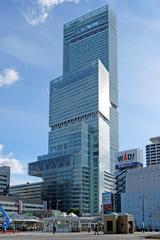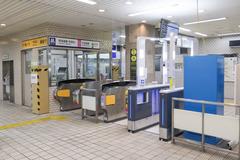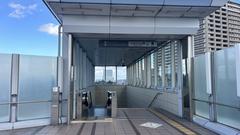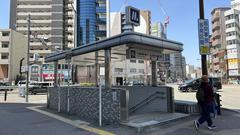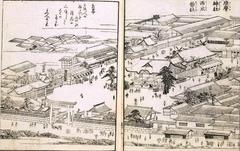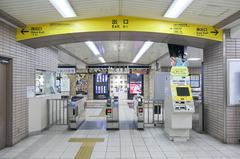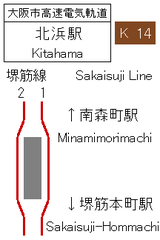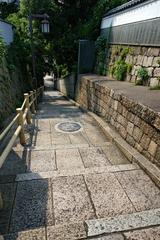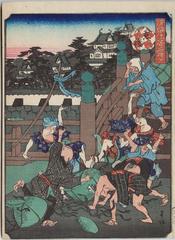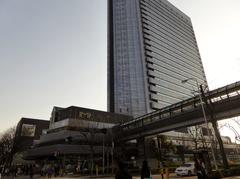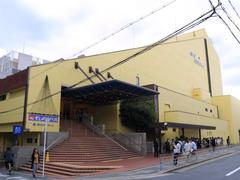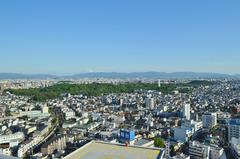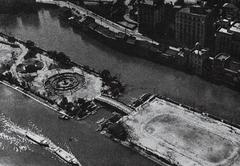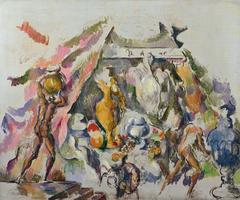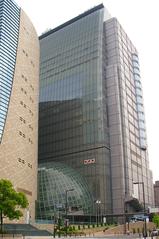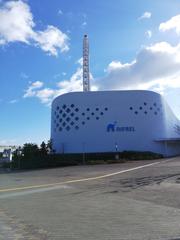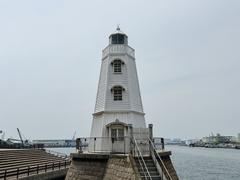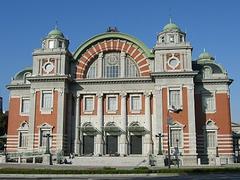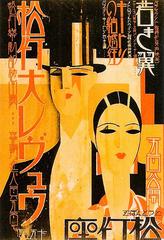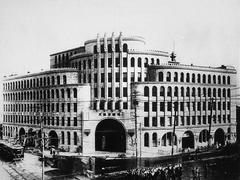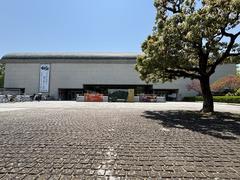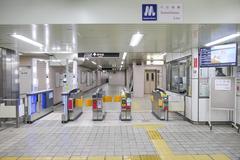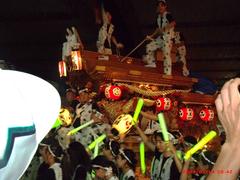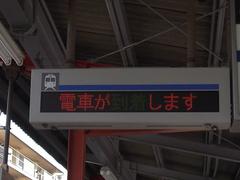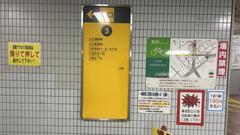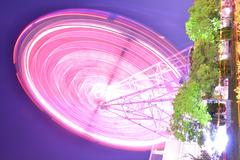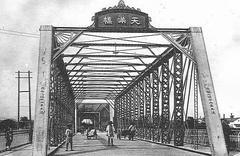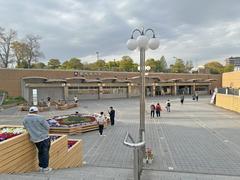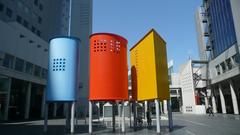Comprehensive Guide to Visiting Shitennō-ji, Osaka-shi, Japan
Date: 17/07/2024
Introduction
Nestled in the vibrant city of Osaka, Shitennō-ji (四天王寺) is a testament to Japan’s rich cultural and religious history. Founded in 593 AD by Prince Shōtoku, Shitennō-ji holds the distinction of being one of Japan’s oldest Buddhist temples. The temple was established to honor the Four Heavenly Kings (Shitennō), believed to protect the world from evil, marking a significant turning point in the introduction and establishment of Buddhism in Japan (Japan Guide). The architectural design of Shitennō-ji, characterized by its Asuka-period style, showcases a unique blend of Chinese and Japanese elements, offering a glimpse into the ancient craftsmanship and spiritual devotion of the time (Osaka Info). Shitennō-ji has weathered numerous challenges, including fires, wars, and natural disasters, necessitating several reconstructions, with the latest major effort in the 1960s. Despite these reconstructions, efforts have been made to preserve the original architectural style and cultural significance (Japan National Tourism Organization). Today, Shitennō-ji not only serves as a place of worship but also as a center for various cultural and religious activities, drawing thousands of visitors annually to experience its historical, architectural, and spiritual significance (Osaka Convention & Tourism Bureau).
Table of Contents
Historical Background
Founding and Early History
Shitennō-ji was established to honor the Four Heavenly Kings (Shitennō), who are believed to protect the world from evil and safeguard the nation. This makes Shitennō-ji not only a religious site but also a symbol of the introduction and establishment of Buddhism in Japan (Japan Guide).
Architectural Significance
The original structure of Shitennō-ji was built in the Asuka period, characterized by its unique architectural style that blends Chinese and Japanese elements. The temple complex was designed following the Shitennō-ji style, which includes a central pagoda, a main hall (Kondō), a lecture hall (Kōdō), and a corridor that surrounds these buildings (Osaka Info).
Historical Events and Reconstruction
Throughout its long history, Shitennō-ji has faced numerous challenges, including fires, wars, and natural disasters. The temple has been rebuilt several times, with the most recent major reconstruction occurring in the 1960s. Despite these reconstructions, efforts have been made to preserve the original architectural style and cultural significance of the temple (Japan National Tourism Organization).
Cultural and Religious Importance
Shitennō-ji is not only a place of worship but also a center for various cultural and religious activities. The temple hosts several annual events and festivals, such as the Shitennō-ji Wasso, a historical reenactment festival (Osaka Convention & Tourism Bureau).
Influence on Japanese Buddhism
Prince Shōtoku’s establishment of Shitennō-ji marked a significant turning point in the spread of Buddhism in Japan. The temple served as a model for subsequent Buddhist temples and played a crucial role in the development of Japanese Buddhism (Encyclopedia Britannica).
Preservation and Modern-Day Relevance
Today, Shitennō-ji continues to be a vital cultural and religious site. The temple is managed by the Shitennō-ji Temple Foundation, which is dedicated to preserving its historical and cultural heritage (Shitenno-ji Temple Official Website).
Key Historical Figures
Several key historical figures are associated with Shitennō-ji, most notably Prince Shōtoku. Other notable figures include various emperors and monks who have contributed to the temple’s development and preservation over the centuries (Nippon.com).
Archaeological Discoveries
Archaeological excavations at Shitennō-ji have uncovered numerous artifacts that provide insights into the temple’s history and the early spread of Buddhism in Japan (The Asahi Shimbun).
Visitor Information
Ticket Prices and Opening Hours
Shitennō-ji is open to visitors daily from 8:30 AM to 4:30 PM. Admission fees are as follows:
- Adults: ¥300
- Children: ¥200
Special exhibitions may have different pricing. For the most accurate and up-to-date information, visit the official Shitennō-ji website.
Travel Tips
- Best Time to Visit: Spring and autumn are ideal for visiting Shitennō-ji due to the pleasant weather and seasonal festivals.
- Accessibility: The temple is wheelchair accessible, with ramps and elevators available for visitors.
- Guided Tours: Consider taking a guided tour to gain deeper insights into the temple’s history and significance.
- Photography: While photography is allowed in most areas, be mindful of restricted zones and follow guidelines.
Nearby Attractions
- Osaka Castle: A historic landmark offering a glimpse into Japan’s feudal past.
- Tsutenkaku Tower: An iconic tower providing panoramic views of Osaka.
- Dotonbori: A vibrant district known for its nightlife and culinary delights.
FAQ
What are the opening hours of Shitennō-ji?
Shitennō-ji is open from 8:30 AM to 4:30 PM daily.
How do I buy tickets for Shitennō-ji?
Tickets can be purchased at the temple entrance. Check the official website for special exhibition pricing.
Is Shitennō-ji accessible for wheelchair users?
Yes, the temple is wheelchair accessible.
Conclusion
Shitennō-ji’s rich history, architectural significance, and cultural importance make it a must-visit destination for anyone interested in Japanese history and Buddhism. The temple stands as a testament to the enduring legacy of Prince Shōtoku and the profound impact of Buddhism on Japanese culture and society. Visitors to Shitennō-ji can explore its historical structures and artifacts, participate in cultural events, and enjoy a vibrant experience at this ancient temple (Encyclopedia Britannica, Nippon.com, The Asahi Shimbun).
References
- Japan Guide. (n.d.). Shitennoji Temple. https://www.japan-guide.com/e/e4011.html
- Osaka Info. (n.d.). Shitennoji Temple. https://osaka-info.jp/en/page/shitennoji-temple
- Japan National Tourism Organization. (n.d.). Shitennoji Temple. https://www.japan.travel/en/spot/1810/
- Encyclopedia Britannica. (n.d.). Shitenno-ji. https://www.britannica.com/topic/Shitenno-ji
- Nippon.com. (n.d.). Guide to Japan: Shitenno-ji Temple. https://www.nippon.com/en/guide-to-japan/gu900001/
- The Asahi Shimbun. (n.d.). Shitenno-ji Temple. https://www.asahi.com/ajw/articles/14345678
